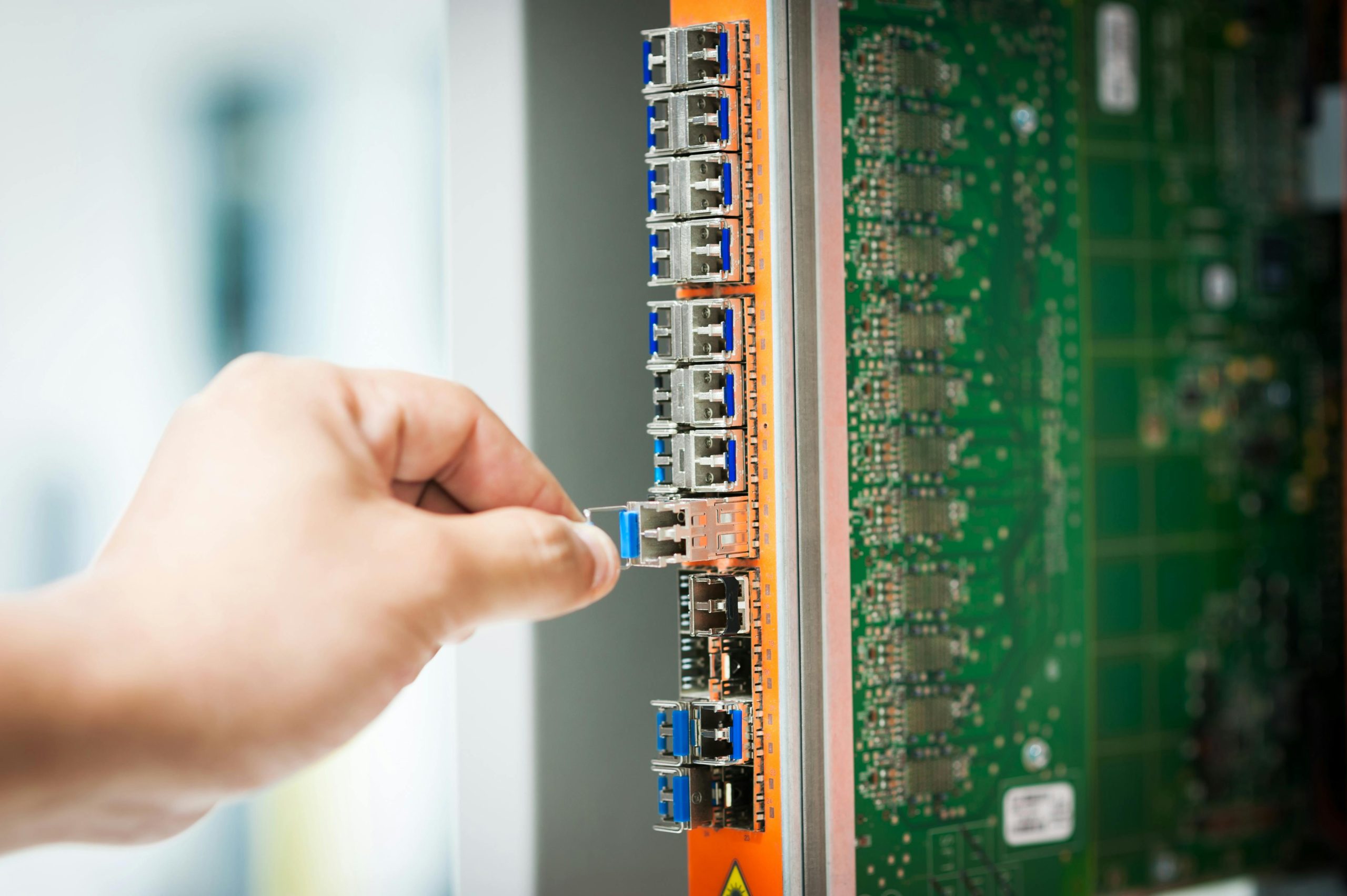Impact of Coax Cable Splitting on Internet Performance in Residential Settings
When managing internet connectivity in multi-unit residences, it’s common to encounter scenarios where existing coaxial wiring must be adapted to serve multiple internet endpoints. A noteworthy question arises: Does splitting a coaxial cable to supply two separate routers influence internet speed, latency, or overall reliability?
Understanding the Context
Consider a duplex setup where a building has multiple tenants, each with their own internet needs. Historically, such properties may have had satellite TV connections, while newer tenants deploy cable internet services. Problems can emerge when attempting to connect new or replacement equipment, especially if the original wiring has been compromised or altered.
In some cases, a technician might respond to connection issues by installing a splitter—an electrical device designed to divide a single coaxial line into multiple outputs—rather than installing new cables from the service provider’s source. This solution can seem expedient but warrants an evaluation of its impact on network performance.
Technical Insights on Coaxial Splitters
A coaxial splitter’s primary function is to distribute a single input signal to multiple outputs. Under optimal conditions, a high-quality splitter with proper specifications (such as appropriate insertion loss and isolation) can support acceptable performance levels for broadband internet. However, it introduces inherent signal splitting losses and potential interference issues.
Possible Effects on Internet Performance
-
Reduced Signal Strength: Each subsequent device connected through a splitter receives a diminished signal, which can result in lowered bandwidth availability, increased error rates, or intermittent connectivity.
-
Increased Latency and Packet Loss: The added connections and potential signal degradation may lead to higher latency or packet loss, impacting real-time applications such as streaming or gaming.
-
Reliability Concerns: Over time, signal quality may fluctuate, especially if the splitter is of inferior quality, if the coaxial cables are aged or compromised, or if multiple splits are used.
Best Practices and Recommendations
While a high-quality, professionally installed splitter can function adequately for multiple connections, the most reliable approach involves direct connections from the internet service provider’s source to each unit. This often entails:
-
Running Dedicated Cables: Installing separate coaxial lines from the provider’s main feed for each unit, ensuring optimal signal integrity.
-
Using Proper Equipment: Employing splitter devices rated for internet signals, with proper shielding and minimal insertion loss.
-
Consulting Professionals: Engaging qualified technicians to assess the existing wiring infrastructure and recommend the
Share this content:



